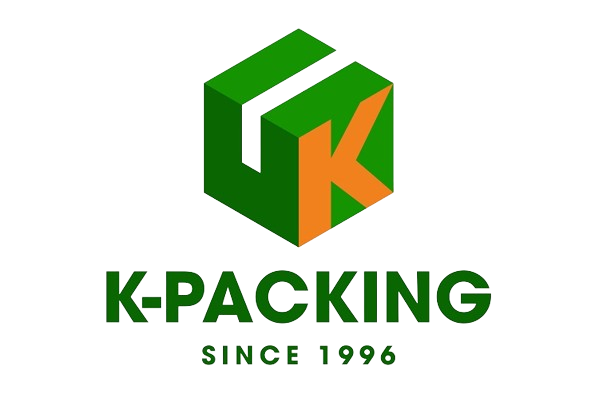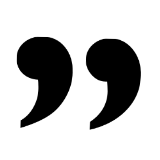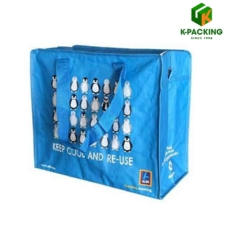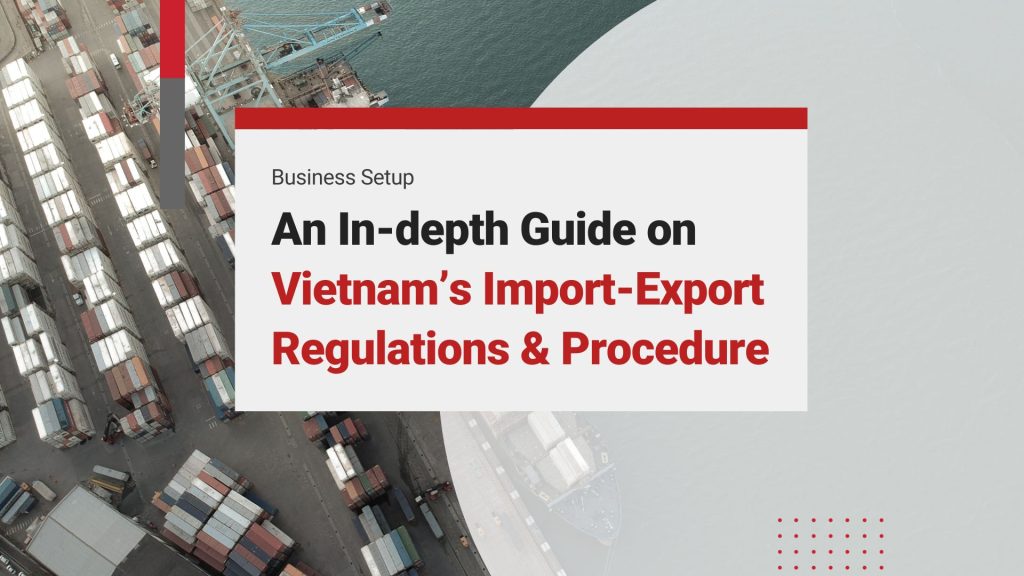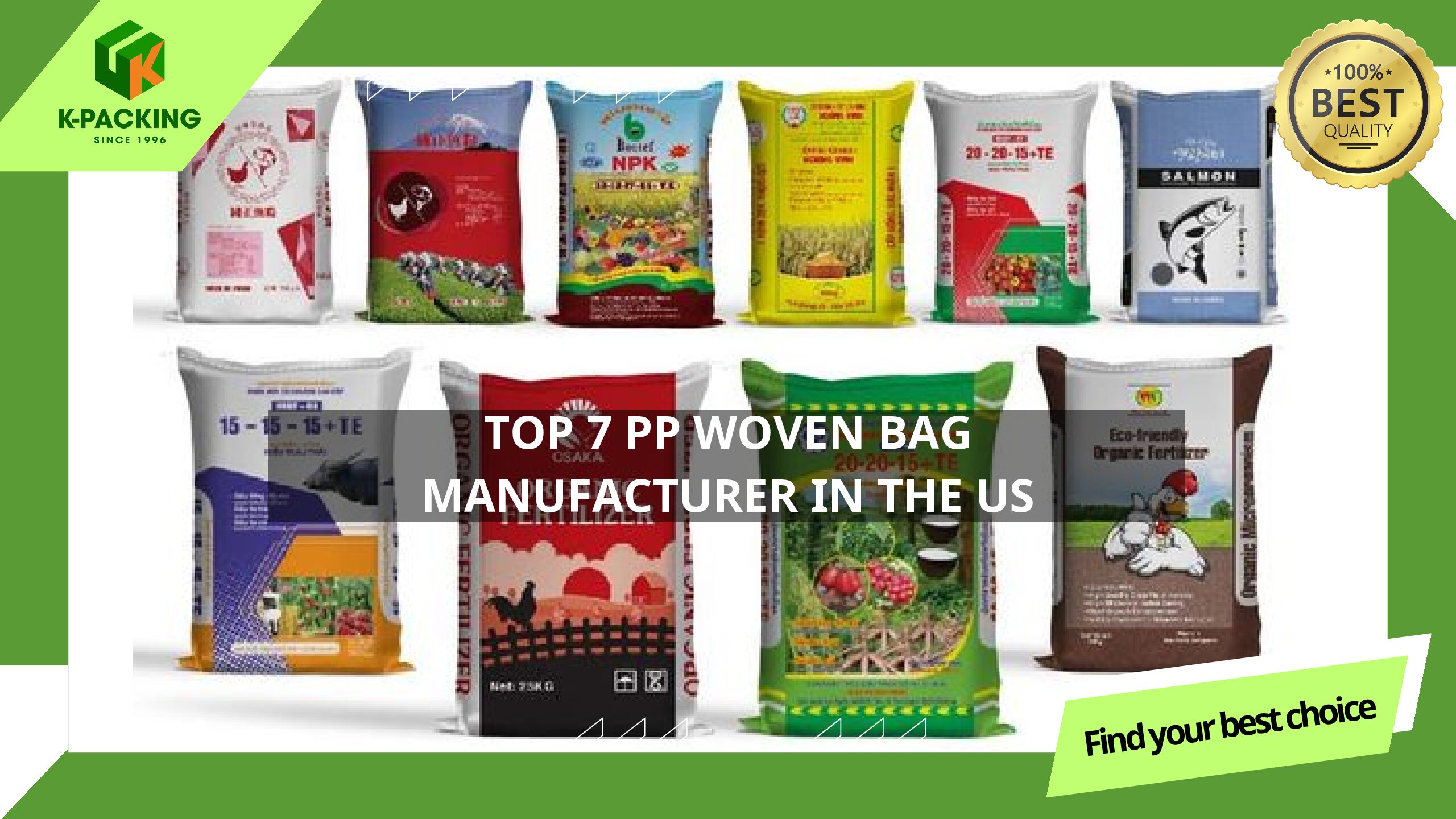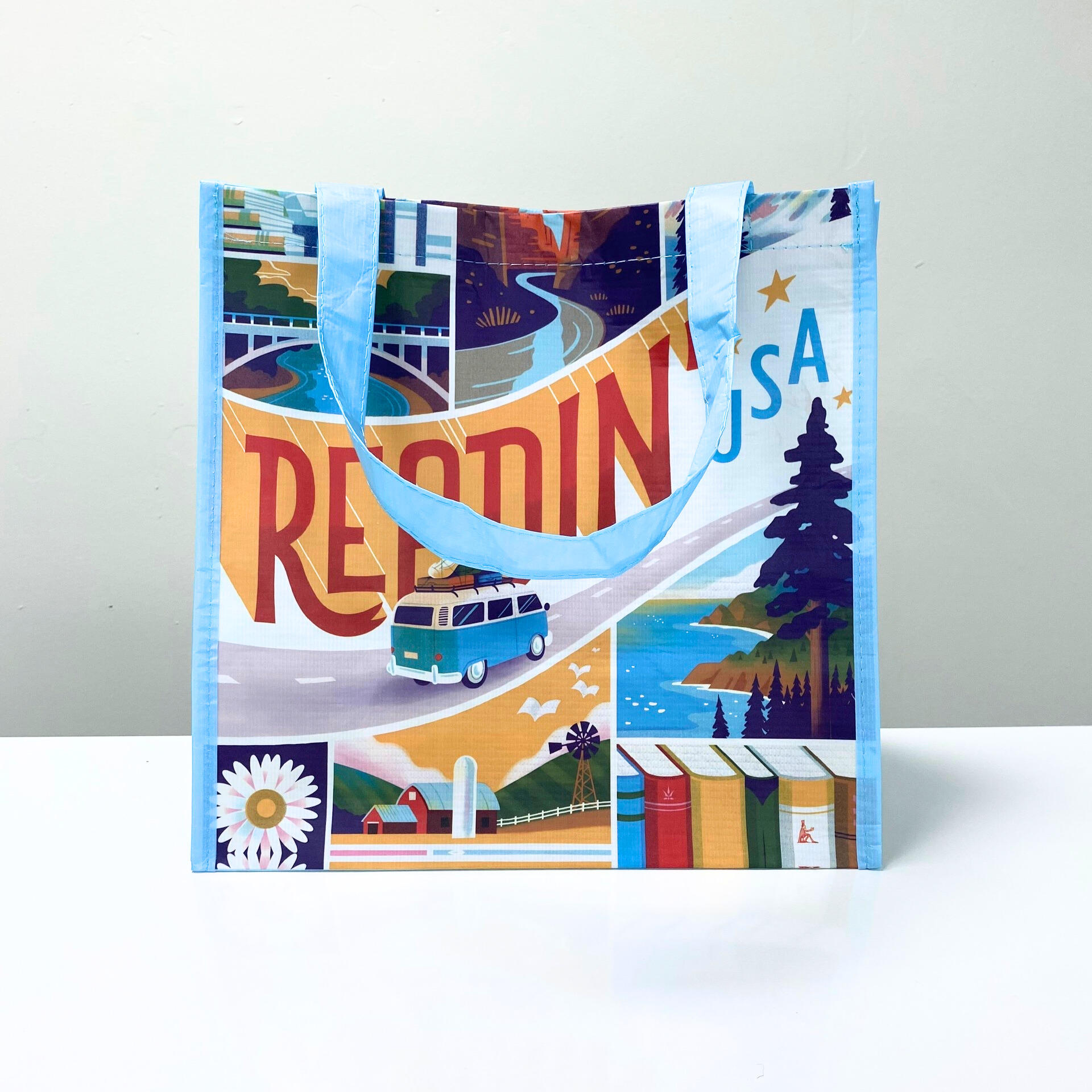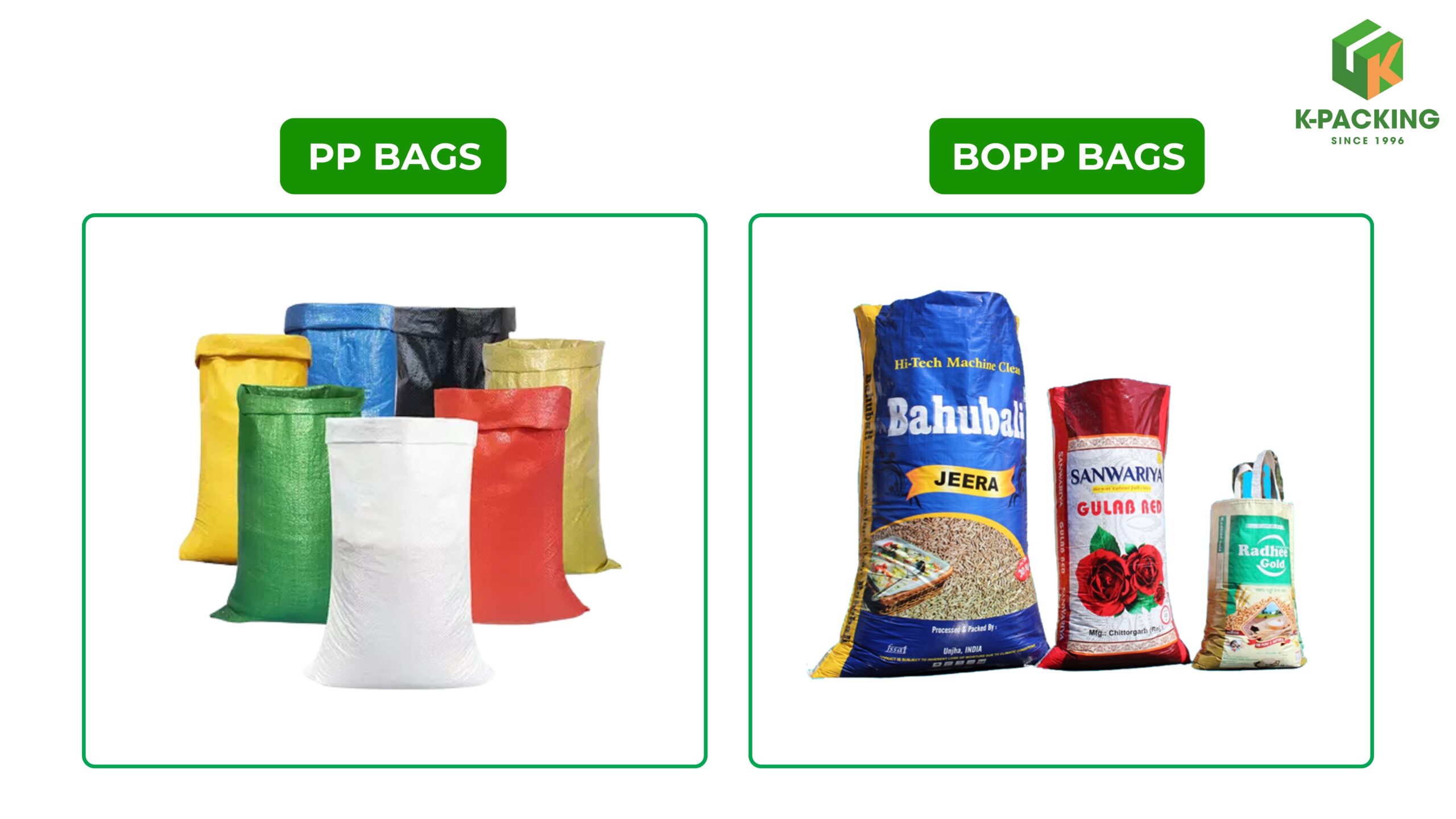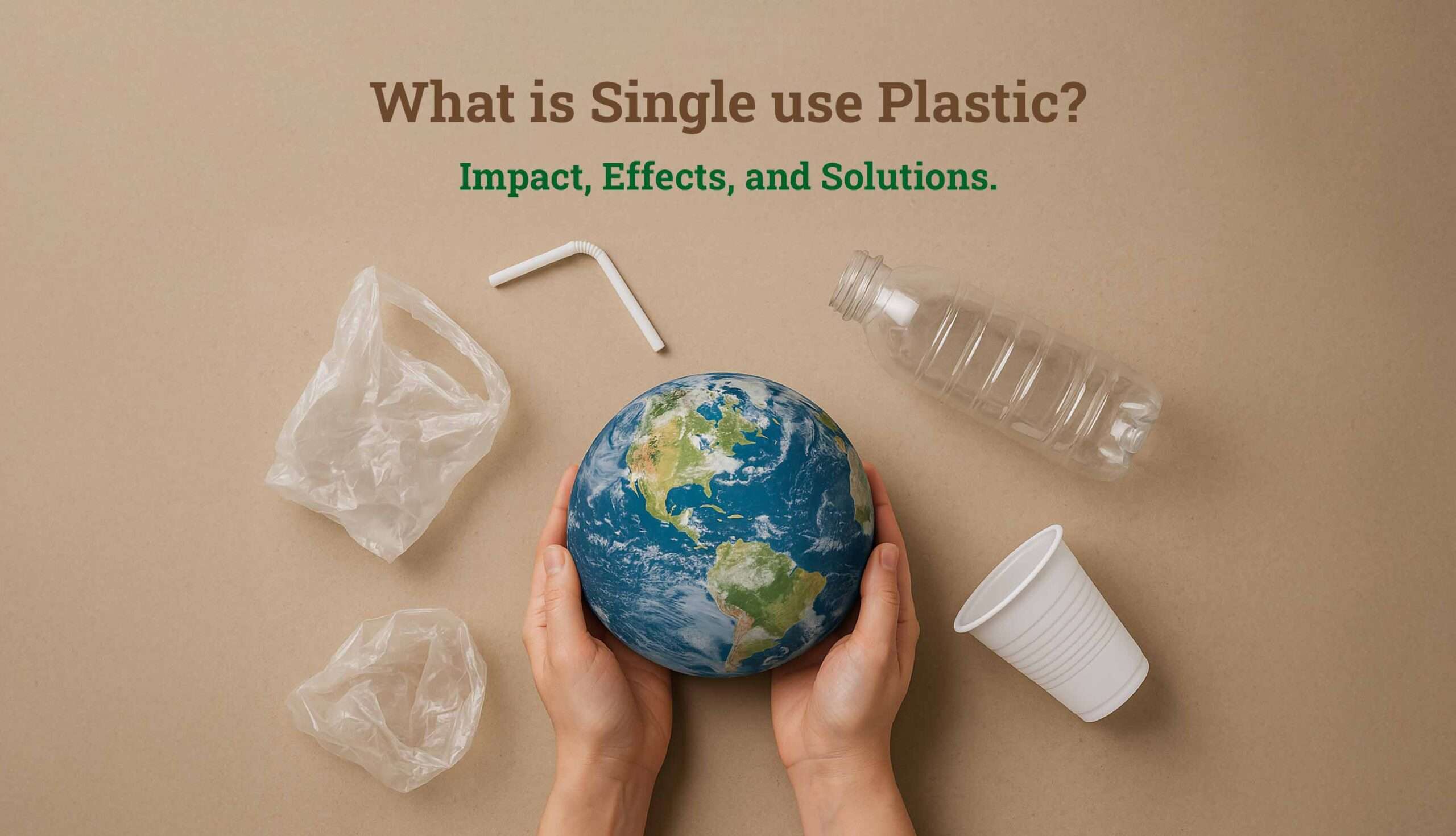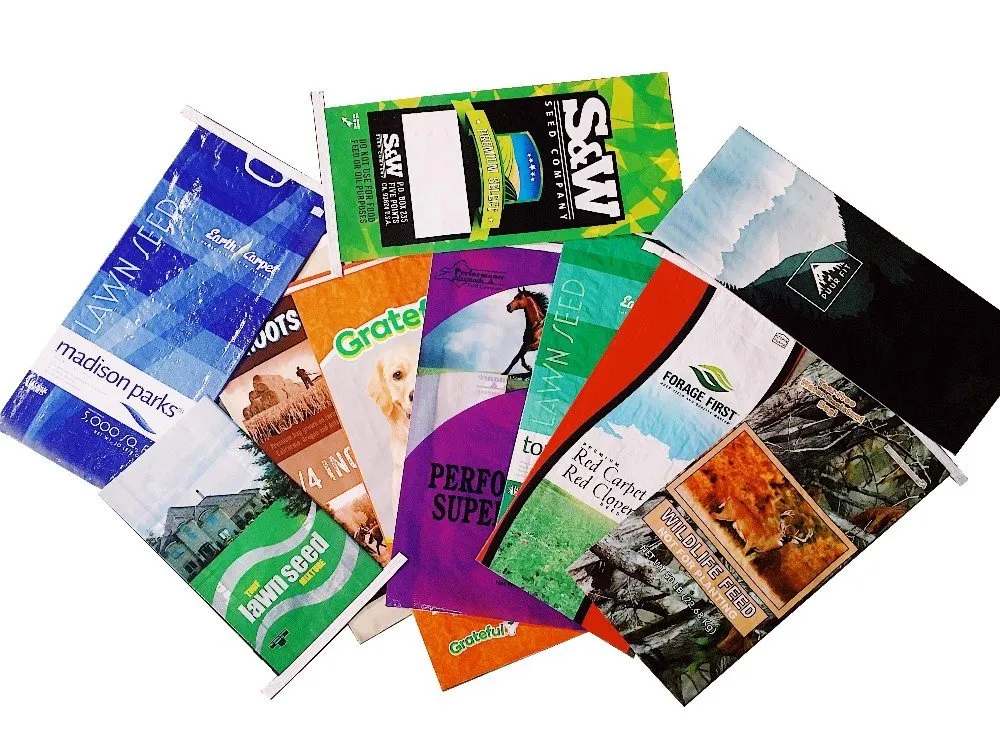Polyester (PET) is everywhere – from fashion and furniture to tote bags and outdoor gear. Its strength, affordability, and easy care have made it one of the most widely used materials in the world. But as plastic pollution grows, the environmental cost of polyester has become impossible to ignore. Is this everyday fabric a modern marvel or an ecological mistake? Let’s find out.
1. Is polyester bad?
As plastic pollution becomes a global concern, polyester has come under growing scrutiny. It is the world’s most widely used synthetic fiber, but its production depends heavily on fossil fuels. According to research by EarthDay.org, around 342 million barrels of oil are used every year to produce synthetic fibers like polyester, making it one of the most resource-intensive materials in the textile industry.
Polyester’s fossil origin is more than symbolic – it means constant consumption of nonrenewable resources. The production process emits greenhouse gases, uses toxic dyes, and releases microfibers into waterways. Every wash of polyester clothing contributes countless plastic particles into the environment.
Yet, polyester is not inherently flawed. It remains one of the most efficient and high-performing fibers available today: strong, lightweight, water-repellent, and cheap. Its widespread use in fashion and accessories stems from these very attributes. The real issue lies in how we produce, use, and discard polyester – not merely its existence.
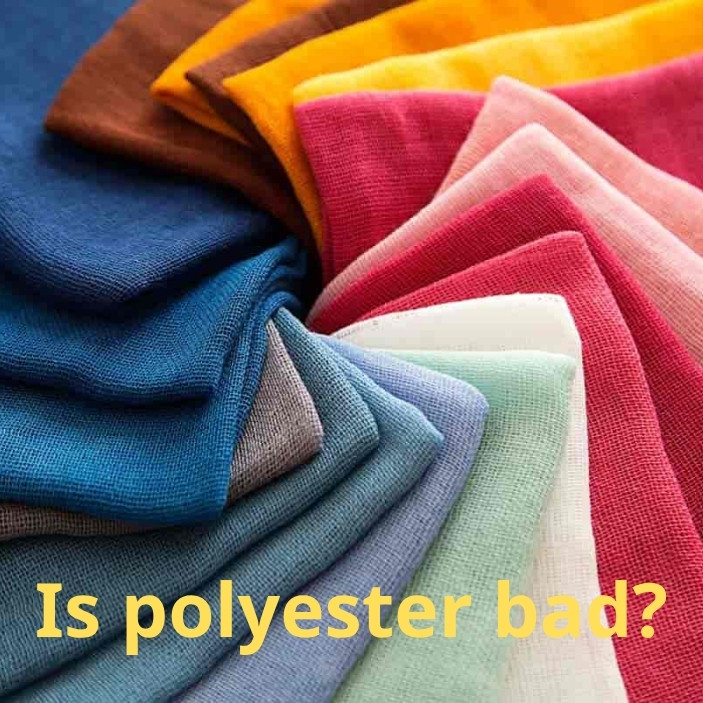
2. Pros and cons of polyester
Polyester’s dominance in the textile and bag industry comes from its impressive performance, low cost, and versatility. Yet, these very strengths also contribute to its environmental drawbacks. Understanding both sides helps balance practicality with sustainability.
2.1 Pros of polyester
- Durability and strength: Polyester is one of the toughest fibers in modern textiles. It resists stretching, shrinking, and abrasion, which allows bags and apparel to maintain their shape and structure after years of use. This makes it a reliable choice for reusable shopping bags, travel accessories, and outdoor gear that must withstand daily wear and tear.
- Water Resistance and easy maintenance: The fabric is naturally hydrophobic, meaning it repels moisture and dries quickly. This makes polyester ideal for rain-friendly or sport-oriented bags. It can be machine-washed, dries fast, and rarely needs ironing – reducing care time for users.
- Lightweight and cost-effective: Polyester offers excellent strength-to-weight ratio: it’s light but tough. It’s also significantly cheaper to produce than natural fibers like cotton or technical fibers like nylon, which helps brands lower manufacturing costs and consumers access affordable, long-lasting products.
- Color retention and versatility: Polyester absorbs dye evenly and holds color well over time. It doesn’t easily fade under sunlight, giving it a bright, lasting appearance. The material can also mimic the look and feel of silk, canvas, or even leather, offering design flexibility for brands.
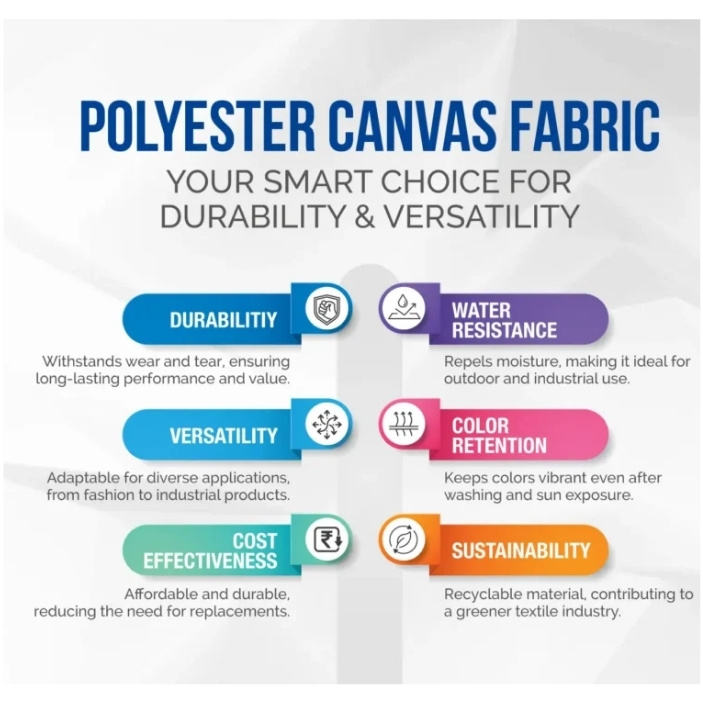
1.2 Cons of polyester
- Fossil fuel dependency: Polyester is derived from petroleum, a nonrenewable resource. Its production consumes vast amounts of oil and energy. According to EarthDay.org, roughly 342 million barrels of oil are used annually for synthetic fiber production. This reliance on fossil fuels makes polyester one of the least sustainable mainstream fabrics.
- High carbon emissions and energy use: Manufacturing polyester is energy-intensive, often involving high-temperature polymerization processes that emit large quantities of greenhouse gases. Producing one kilogram of woven polyester can release 20–27 kg of CO₂, several times more than cotton.
- Microplastic pollution: Every wash of polyester fabrics sheds thousands of microscopic plastic fibers. These particles flow into rivers and oceans, where they harm aquatic life and eventually enter the human food chain. Studies estimate that over one-third of all ocean microplastics originate from synthetic textiles.
- Non-biodegradable and persistent: Unlike natural fibers such as cotton or hemp, polyester doesn’t decompose. It can remain in landfills or the environment for hundreds of years, breaking down only into smaller microplastic particles rather than fully returning to nature.
- Comfort limitations: Polyester is less breathable than natural fabrics and tends to trap heat and odors. Some coatings and dyes used in its finishing process may also cause irritation for sensitive skin.
In short, polyester delivers outstanding performance at a low cost, which explains its global dominance. But those benefits come at a high environmental price. The key to responsible use lies in rethinking production and end-of-life management — shifting toward recycled polyester (rPET), reducing overuse, and encouraging longer product lifecycles.
2. Is polyester good for bags?
Yes – polyester is an excellent material for bags when judged by functionality, durability, and cost-effectiveness. It combines strength, lightness, and resistance to wear, which makes it one of the most practical choices for everyday and commercial use. While it raises environmental concerns, from a performance standpoint, polyester consistently meets the demands of both consumers and manufacturers.
2.1 Durability and load capacity
Polyester’s tensile strength and abrasion resistance allow it to carry heavy loads without stretching or tearing. Bags made from polyester maintain their shape even after repeated use, making them suitable for shopping, travel, or outdoor activities. This reliability reduces the need for frequent replacement, indirectly lowering waste over time.
2.2 Water resistance and weather protection
Polyester naturally repels water thanks to its hydrophobic surface. It won’t absorb moisture like cotton or canvas, helping to protect belongings from light rain and humidity. For complete waterproofing, additional coatings such as PU (polyurethane) or PVC (polyvinyl chloride) are often applied, making polyester bags ideal for outdoor, beach, or sports settings.
2.3 Lightweight and convenient
Compared with nylon or canvas, polyester is lighter while still maintaining good structural integrity. This makes it comfortable to carry for long periods and practical for travel or promotional use where portability matters.
2.4 Color customization and branding
Polyester accepts dye and heat transfer printing exceptionally well. The fabric’s smooth texture allows for sharp, vibrant graphics and logos that don’t fade easily under sunlight. This property gives brands wide creative freedom in bag design and marketing.
2.5 Cost efficiency
From a manufacturing perspective, polyester offers an unbeatable balance between price and performance. It is cheaper than nylon and requires less maintenance than cotton, making it an ideal choice for mass production, promotional campaigns, and private-label collections.
3. Sustainable alternatives to polyester
As awareness of environmental impact grows, both brands and consumers are seeking materials that deliver performance without compromising sustainability. Polyester remains useful, but shifting toward more eco-friendly alternatives helps reduce dependence on fossil fuels and plastic waste.
3.1 Recycled polyester (rPET)
Recycled polyester, or rPET, is currently the most practical and scalable alternative to virgin polyester. It is made by reprocessing used plastic bottles or discarded polyester fabrics into new fibers. This approach reduces oil consumption, cuts carbon emissions by up to 30–60%, and diverts large amounts of plastic from landfills and oceans.
From a technical standpoint, rPET performs almost identically to traditional polyester: it is strong, lightweight, water-resistant, and easy to print or dye. For brands, switching to rPET doesn’t require changes in production technology but demonstrates a clear commitment to sustainability. For consumers, choosing rPET bags is a small but powerful act – it turns waste into something useful and allows people to carry everyday products with pride, knowing they support cleaner manufacturing and circular design.
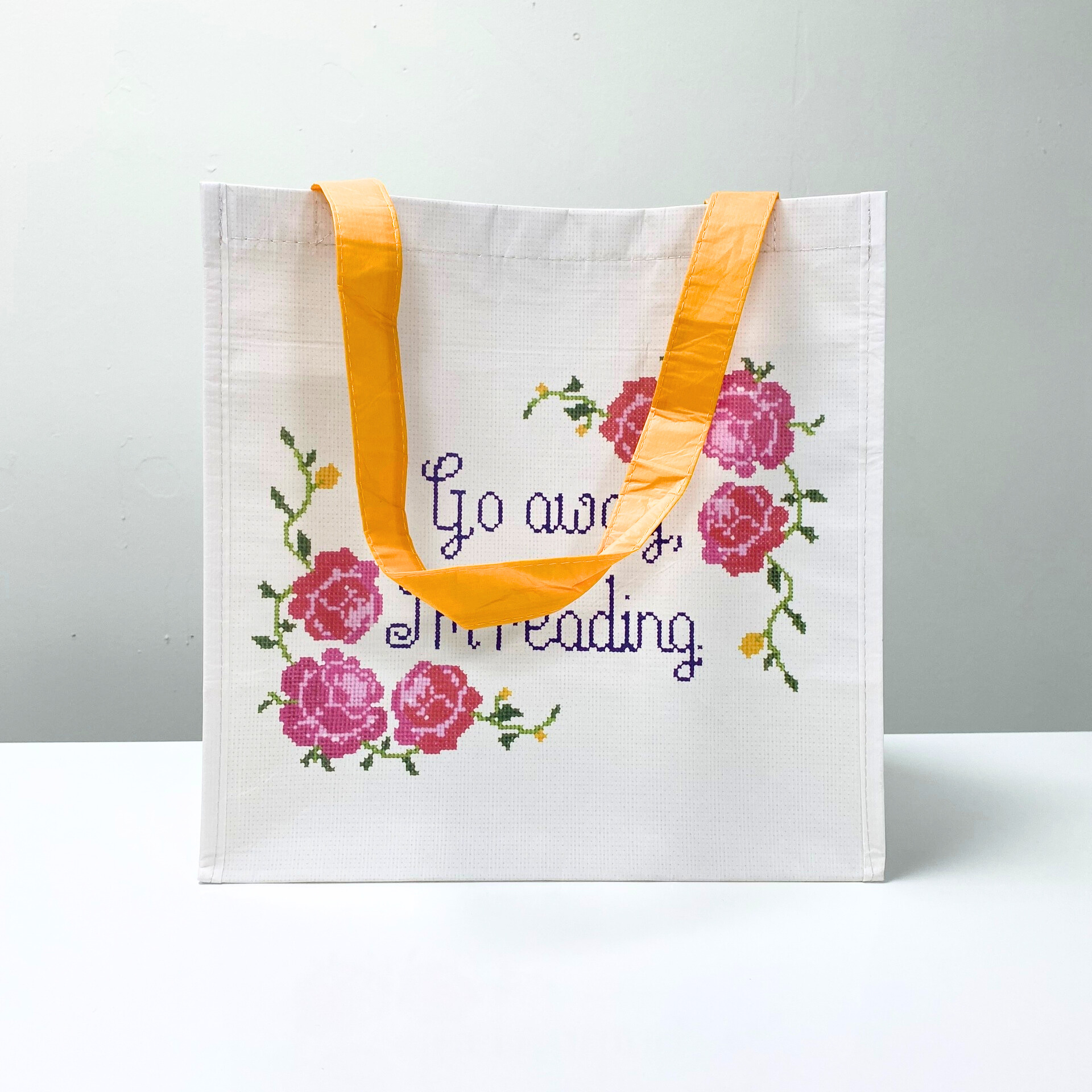
3.2 Natural and renewable fibers
Other promising substitutes come from renewable, biodegradable sources. Organic cotton and recycled canvas are soft, breathable, and easy to print on, suitable for fashion and lifestyle bags. Jute and hemp offer a more rustic, durable texture with a much lower environmental footprint – both grow quickly with minimal water and chemicals while absorbing carbon during cultivation.
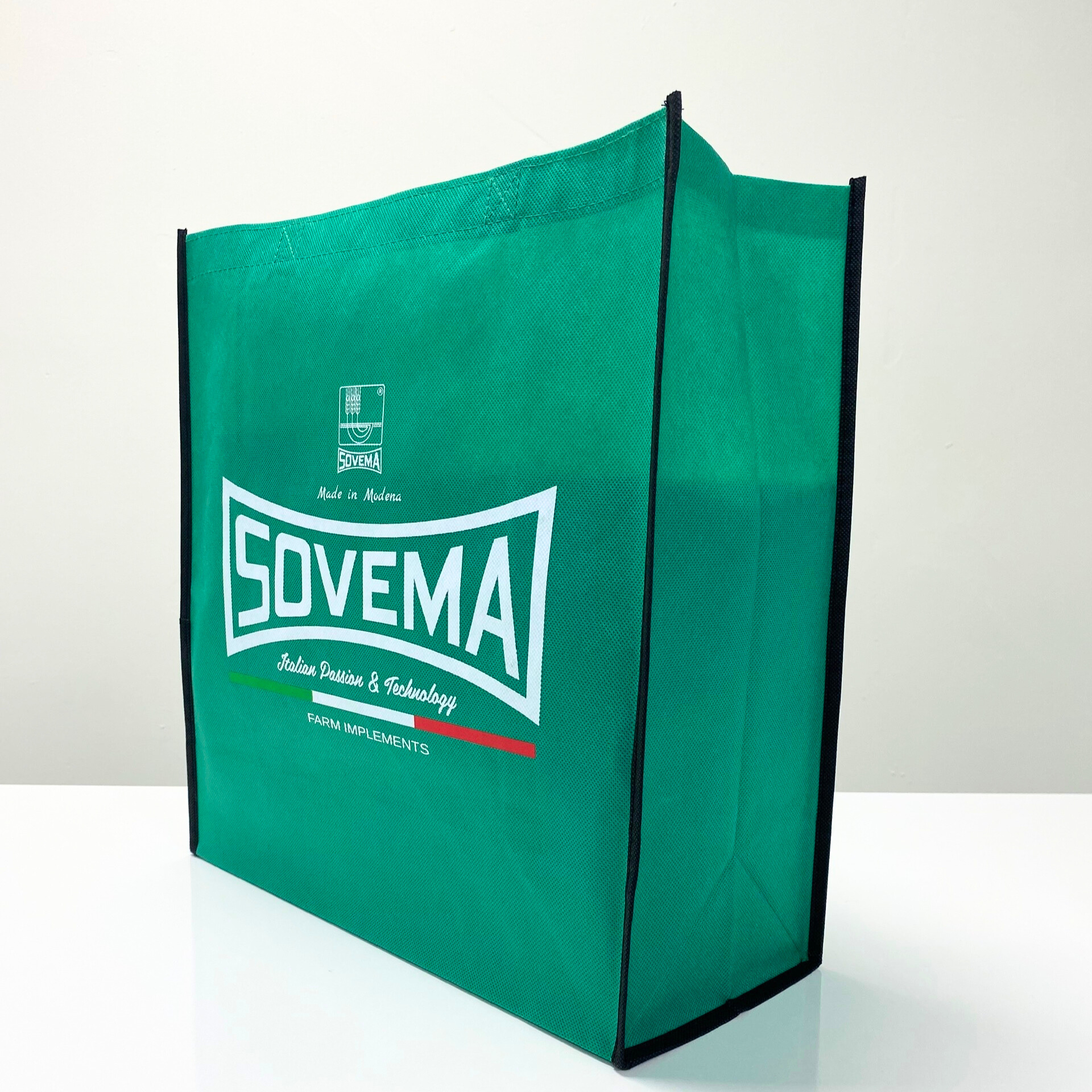
3.3 Innovative bio-based materials
For brands exploring premium or experimental designs, next-generation materials such as Tencel (Lyocell), cork, and Piñatex (made from pineapple leaves) offer unique textures and strong eco-appeal. These options combine natural aesthetics with lower emissions and biodegradability, fitting well with sustainable or vegan product lines.
Conclusion
Transitioning away from virgin polyester is no longer just a trend – it’s a necessary evolution for modern brands. Adopting rPET or other sustainable fibers allows businesses to maintain product quality while aligning with global environmental goals. For consumers, supporting these materials turns everyday choices into meaningful contributions toward a cleaner, more responsible textile industry.
